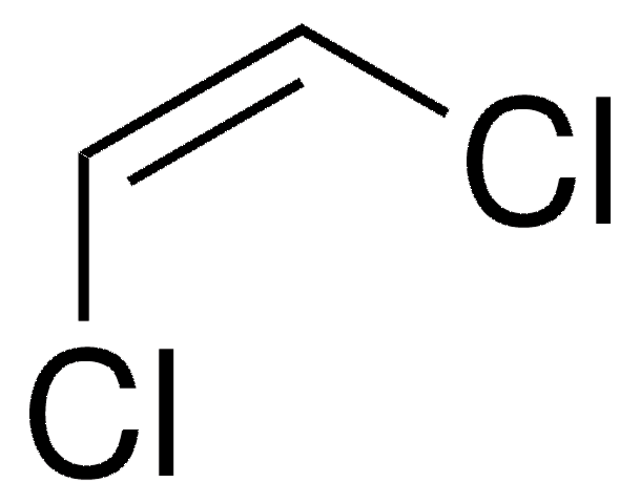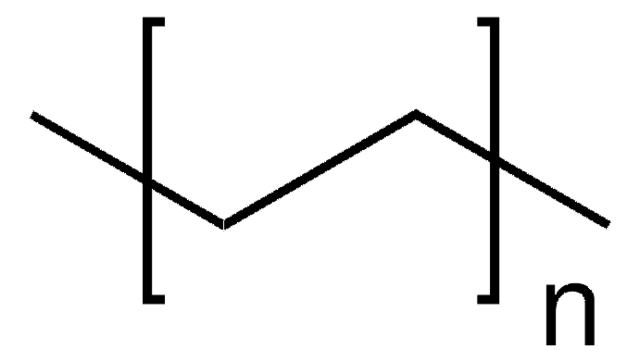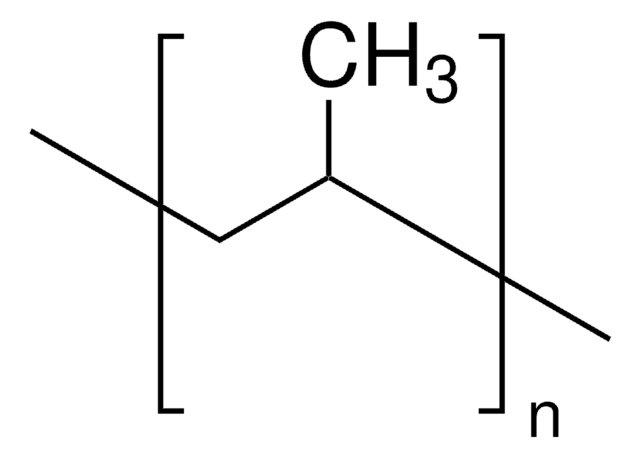Wichtige Dokumente
112194
Hexachlor-1,3-butadien
96%
Synonym(e):
Perchlorbutadien
About This Item
Empfohlene Produkte
Dampfdruck
0.2 mmHg ( 20 °C)
Qualitätsniveau
Assay
96%
Form
liquid
Brechungsindex
n20/D 1.555 (lit.)
bp
210-220 °C (lit.)
mp (Schmelzpunkt)
−22-−19 °C (lit.)
Dichte
1.665 g/mL at 25 °C (lit.)
Funktionelle Gruppe
chloro
SMILES String
Cl\C(Cl)=C(Cl)/C(Cl)=C(\Cl)Cl
InChI
1S/C4Cl6/c5-1(3(7)8)2(6)4(9)10
InChIKey
RWNKSTSCBHKHTB-UHFFFAOYSA-N
Suchen Sie nach ähnlichen Produkten? Aufrufen Leitfaden zum Produktvergleich
Anwendung
Signalwort
Danger
Gefahreneinstufungen
Acute Tox. 2 Dermal - Acute Tox. 3 Oral - Aquatic Acute 1 - Aquatic Chronic 1 - Carc. 2 - Eye Irrit. 2 - Skin Irrit. 2
Lagerklassenschlüssel
6.1A - Combustible acute toxic Cat. 1 and 2 / very toxic hazardous materials
WGK
WGK 3
Flammpunkt (°F)
Not applicable
Flammpunkt (°C)
Not applicable
Persönliche Schutzausrüstung
Faceshields, Gloves, Goggles, type ABEK (EN14387) respirator filter
Hier finden Sie alle aktuellen Versionen:
Besitzen Sie dieses Produkt bereits?
In der Dokumentenbibliothek finden Sie die Dokumentation zu den Produkten, die Sie kürzlich erworben haben.
Kunden haben sich ebenfalls angesehen
Unser Team von Wissenschaftlern verfügt über Erfahrung in allen Forschungsbereichen einschließlich Life Science, Materialwissenschaften, chemischer Synthese, Chromatographie, Analytik und vielen mehr..
Setzen Sie sich mit dem technischen Dienst in Verbindung.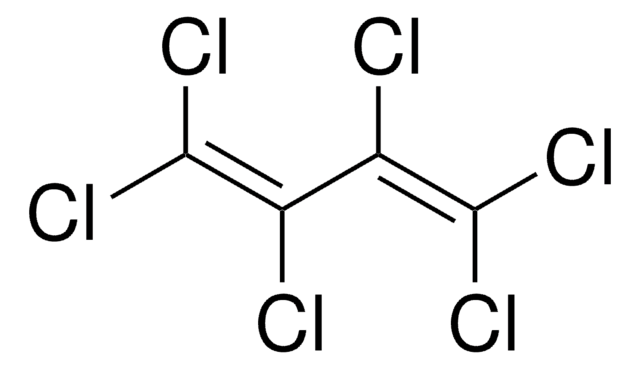

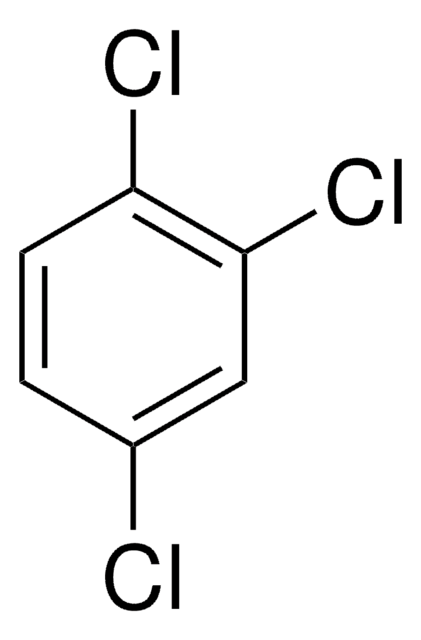
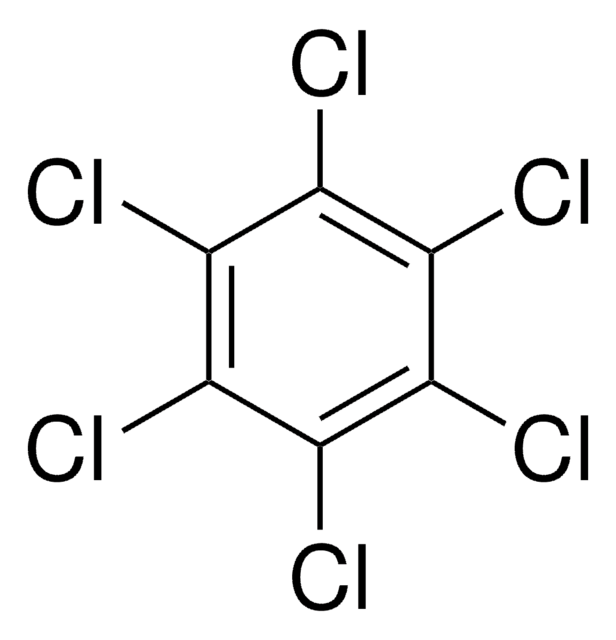
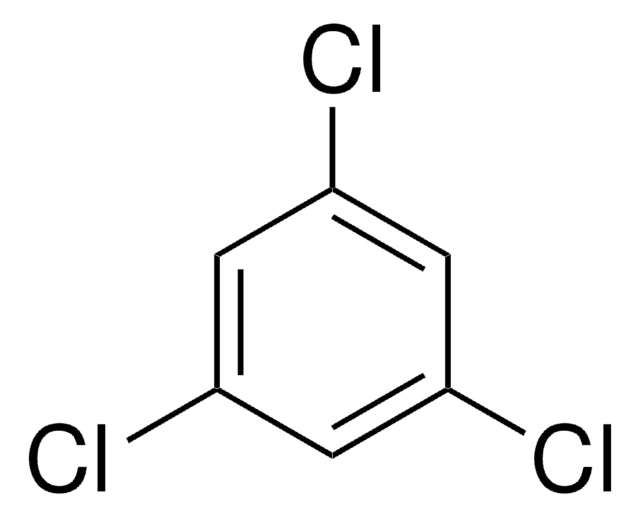
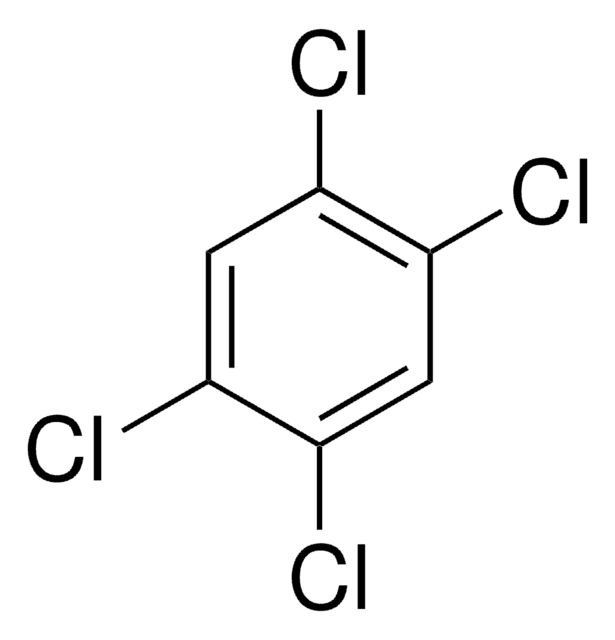

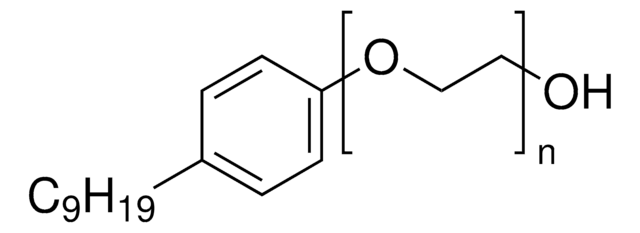
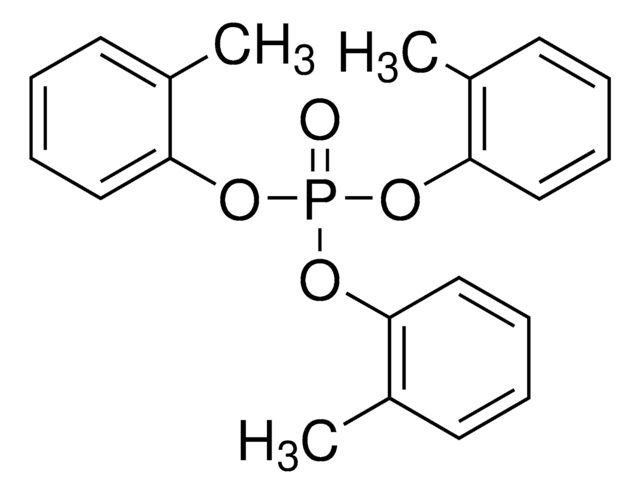
![Benzo[b]fluoranthen 98%](/deepweb/assets/sigmaaldrich/product/structures/175/744/6fa5fca2-b6ec-47b6-ab7a-fe895843f226/640/6fa5fca2-b6ec-47b6-ab7a-fe895843f226.png)



